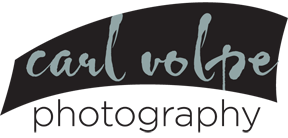About Slovenia
Slovenia, officially the Republic of Slovenia is a nation state in southern Central Europe. It is bordered by Italy to the west, Austria to the north, Hungary to the northeast, Croatia to the south and southeast, and the Adriatic Sea to the southwest. It covers 7,827 sq mi and has a population of 2.05 million. Slovenia is a parliamentary republic and a member of the United Nations, European Union, and NATO. The capital and largest city is Ljubljana.
The territory is primarily mountainous with a mainly continental climate. However, the north-western area has an Alpine climate. The country, marked by a significant biological diversity, is one of the most water-rich in Europe, with a dense river network, and a rich aquifer system. Over half of the territory is covered by forest. The human settlement of Slovenia is dispersed and uneven.
The Slavic, Germanic, Romance, and Hungarian languages meet here. Although the population is not homogeneous, the majority is Slovene. Slovene is the official language throughout the country, whereas Italian and Hungarian are co-official regional minority languages in those municipalities where the Italian and the Hungarian minority are present. Slovenia is a largely secularized country, but its culture and identity have been significantly influenced by Catholicism as well as Lutheranism. The economy of Slovenia is small, open, and export-oriented and has been strongly influenced by international conditions. The main economic field is services, followed by industry and construction.



